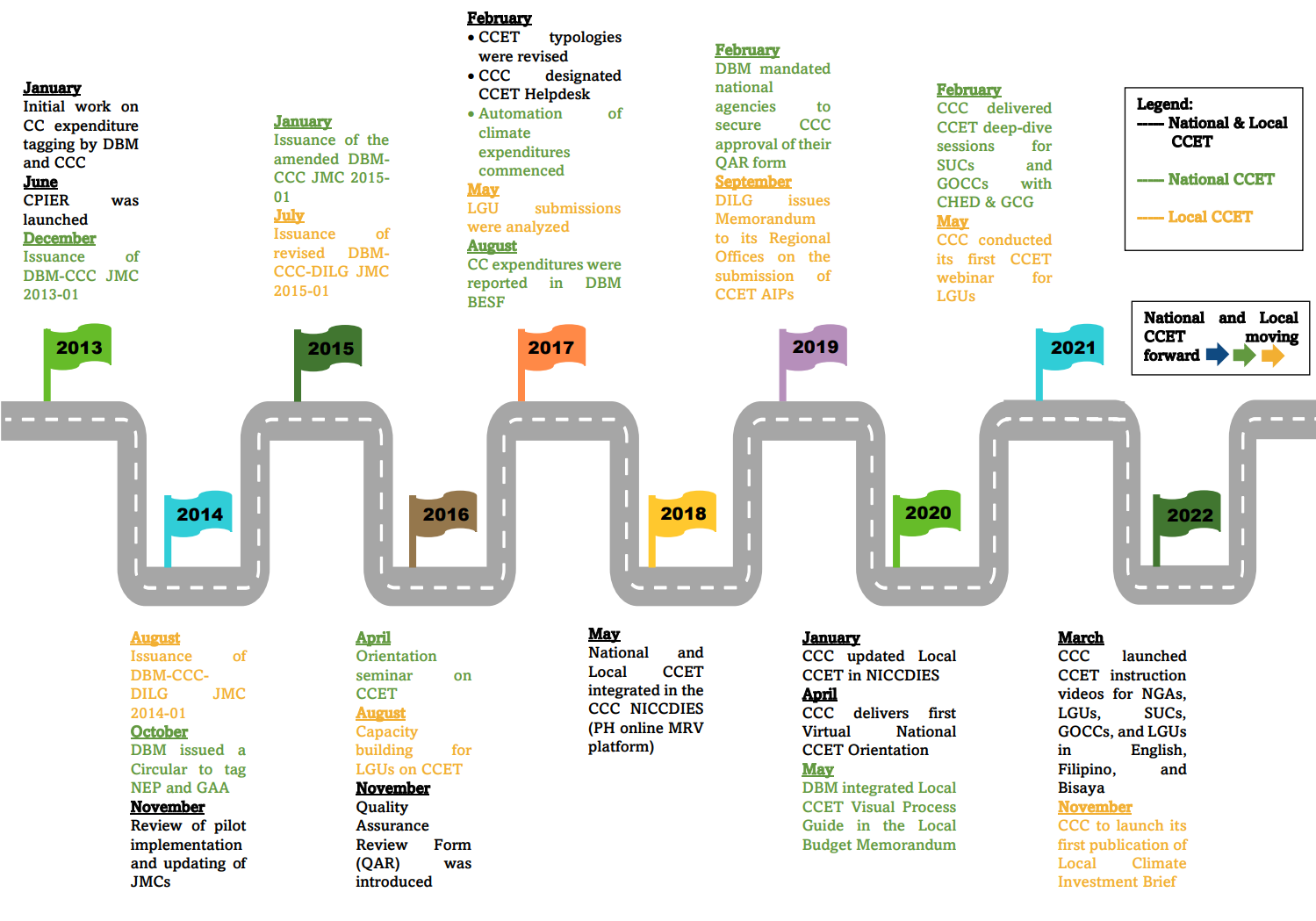-
RESOURCES
-
-
-
-
-
-
Climate Change Expenditure Tagging
Considering the country’s vulnerability to the impacts of climate change, it was imperative for the government to prioritize climate actions.
In 2009, the Climate Change Act was enacted, a landmark climate policy that sets the mandate for the Philippines to mainstream climate change into government policy formulations, and to establish the Climate Change Commission (CCC) as the lead policy-making of the government on climate change.
When the Act was amended in 2012, the law mandated the Department of Budget and Management (DBM) to undertake the formulation of the annual budget in a way that ensures the appropriate prioritization and allocation of funds to support climate change-related programs and projects in the annual program of government[1].
To implement the provisions of the law, an assessment of public planning and programming process was conducted to identify the entry-points for mainstreaming climate change.
Building on the results of the Climate Public Expenditure and Institutional Review (CPEIR) done in 2013 and public finance management (PFM) reforms, a climate budgeting framework was developed and implemented to sustain the country’s climate reform initiatives in the form of CCET.
In the same year, the DBM and the CCC issued the JMC No. 2013-01 that provided the Guidelines in Tagging/Tracking Government Expenditures for Climate Change in the National Budget Process.
A year after, this was followed by the issuance of JMC No. 2014-01 between the DBM, CCC, and the Department of Interior and Local Government (DILG) for the Guidelines in Tagging/Tracking Government Expenditures for Climate Change in the Local Budget Process.
In 2015, both JMCs were amended to enhance the process, and institutionalize the functions of the help desk. The said policy issuances reinforce the government’s transformative climate reforms, especially on mainstreaming climate change in its national and sub-national budgeting processes.
TIMELINE OF THE CCET DEVELOPMENT
Since the CCET inception, the CCET Helpdesk has delivered its functions under the JMCs and the internal office policies of the CCC. Below is the timeline illustration of the National and Local CCET Development:
Figure 1 Timeline of the CCET development
CONTACT INFORMATION:
National CCET
Email: [email protected]
Tel: (02) 8254-7056
Local CCET
Email: [email protected] / [email protected]
Tel: (02) 8254-7056
Mobile: +639671350770
[1] Section 15g of the Republic Act No. 10174 – People’s Survival Fund Act of 2012
-
RESOURCES
-
-
-
-
-
-
CCET 101
Want to know more about Climate Change Expenditure Tagging (CCET)?
The CCET Helpdesk has prepared a series of webinar recordings below from this year’s orientations to provide an overview of how the Philippine government programs, identifies, and tags programs, projects, and activities to respond to climate change.
Data Visualization
-
RESOURCES
-
-
-
-
-
-
CCET Knowledge Products
National CCET Instructional Video
Tag along!
The Climate Change Commission (CCC) and Department of Budget and Management (DBM) systematized climate mainstreaming at the programming level through Climate Change Expenditure Tagging (CCET). Through DBM-CCC JMC 2015-01 National Government Institutions (NGI) must keep track of adaptation and mitigation actions in all levels of budgeting (Agency Request, National Expenditure Program, General Appropriations Act,) using budget forms and climate change typologies. Tagging CCE programs/activities/projects (PAPs) ensures the resilience outcomes of the National Climate Change Action Plan (NCCAP).
Watch as we explain the CCET planning and programming process and timeline in line with the national budgeting system!
Tagalog Subtitle:
Bisaya Subtitle:
National CCET Orientations (21-24 Feb 2022) Recording
Strengthening the mainstreaming of climate change in domestic plans and programs necessitates allocation of public funds for the implementation of climate change adaptation and mitigation measures. The Climate Change Commission (CCC) and Department of Budget and Management (DBM) institutionalized Climate Change Expenditure Tagging (CCET) through DBM-CCC JMC 2015-01. The CCET enables for national institutions (i.e. National Government Agencies (NGAs), State Universities and Colleges (SUCs), and Government Owned- and Controlled-Corporations (GOCCs)) to assess the alignment and scale of mobilization of public funds based to the National Climate Change Action Plan (NCCAP). The CCET classifies public expenditures between climate change adaptation and mitigation though typologies mirroring the NCCAP.
On 21-24 February 2022, the CCC, in coordination with the DBM and the DENR (in harmony with the Risk Resiliency Program), conducted a virtual orientation to provide clear, concise, and up-to-date information to national government budget officers and climate change technical representatives on climate change and CCET as an integral part of the national budget preparation. The orientations covered the following topics:
- Overview of Climate Change Adaptation and Mitigation – Disaster Risk Reduction
Brief overview of climate change adaptation and mitigation and its linkage to disaster risk reduction
- Top 10 Climate Risks identified by the CCC-NPTE and the Climate Priorities
Guidance of the CCC on the priority areas for investments for FY2023 and its NPTE’s identified Top 10 climate risks
- Linkages of PDP, SDG, NCCAP
Features the nexus between development plants and climate change instruments
- National Climate Change Expenditure Tagging
Provides an overview of the National CCET and planning processes for tagging climate change PAPs, including the use of the Quality Assurance and Review form and BP-201 F as prescribed under relevant DBM Corporate Budget Memoranda. Also, features the ongoing enhancements to the CCET system.
- Entering CCET to the Online Budget Submission Portal (OSBP)
Demonstrate how an agency enter and tagged its budget to the Climate Change Tagging in the DBM’s Online Submission of Budget Proposals System (OSBPS).
- Tips on mainstreaming climate change in NGAs’, SUCs’, and GOCCs’ budgets
To discuss policies and measures that can be adopted by agencies new to the CCET process to ensure that climate change considerations are being implemented and observed throughout the Bureaucracy.
- PCB-RRP Orientation
Detailing the Cabinet Cluster’s roadmap and the submission of agency proposals for the Program Convergence Budgeting
Local CCET Instruction Video
Stay on track!
The Climate Change Commission (CCC), Department of Budget and Management (DBM), and Department of the Interior and Local Government (DILG) put into effect the tagging of climate change-related programs/projects/activities (PPAs) of local government units (LGUs) in their annual investment programs (AIPs) through DBM-CCC-DILG Joint Memorandum Circular 2015-01. Through CCE Tagging, local governments align their development priorities to the National Climate Change Action Plan and towards building resilience.
Watch as we explain the CCET planning and programming process and timeline in line with the Rationalized Planning System!
Tagalog Subtitle:
Bisaya Subtitle:
NEW KNOWLEDGE PRODUCT
Strengthening the mainstreaming of climate change in domestic plans and programs necessitates allocation of public funds for the implementation of climate change adaptation and mitigation strategies. Recognizing this, the Climate Change Commission, the Department of Budget and Management, and the Department of the Interior and Local Government led the institutionalization of Climate Change Expenditure Tagging (CCET) in subnational budget programming and expenditure tracking processes.
This Guide primarily aims to provide additional guidance to LGUs in preparing their submissions under the CCET. It outlines the essential documentary processes in preparing submissions under the CCET to aid LGUs in identifying programs, activities, and projects to be tagged, filling out the Annual Investment Program (AIP) form, and submitting the completed AIPs. It also provides guidance on generating the data and information requirements by utilizing the available reference documents such as local planning guidelines/manuals and assessments.
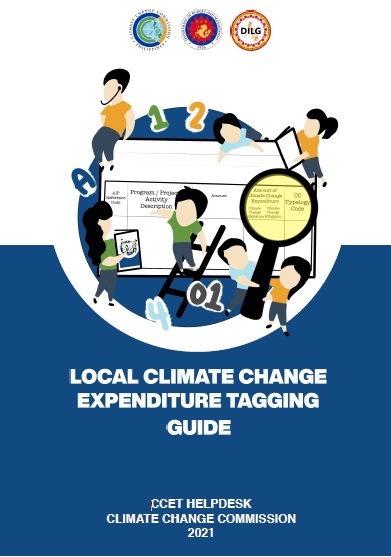
-
RESOURCES
-
-
-
-
-
-
Local CC Investments
Background
Through the monitoring and processing of Annual Investment Program submissions of local governments, the CCET Help Desk published the Local Climate Change Investment Brief for the fiscal years 2016 to 2020. The report provides information on the direction and manner of climate investment programming of sample local governments. Findings of the report is primarily oriented for use in long-term development planning and programming of local governments for climate and disaster risks. It can also be used to tackle policy discussions and decision-making on matters related to financing, relevance targeting, and global climate negotiations.
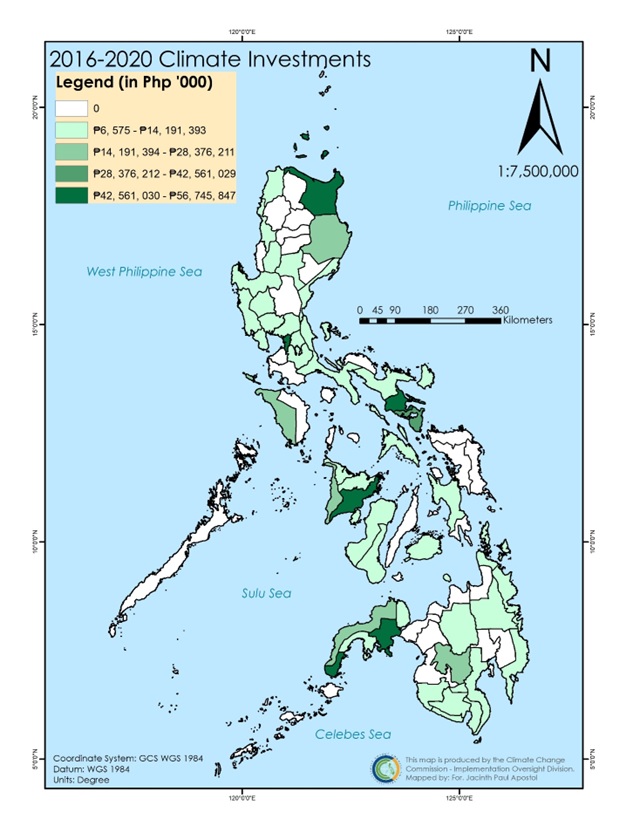
Distribution of 5-Year Climate Investments of Sample LGUs (aggregate provincial, city, and municipal investments), 2016-2020
Methodology
The report covered the best available AIPs from sample LGUs who have submitted their AIPs with CCET for at least twice within the said monitoring period. Usability of AIPs were also considered in narrowing down the AIPs that were used in the analysis which includes file format, alignment of rows and columns, and quality of tagging. Years with missing data were filled with the average of the investments by the LGU over the monitoring period. This was accomplished at the level of total investments, and total CC adaptation and CC mitigation investments. Missing data at the typology level was not accomplished.
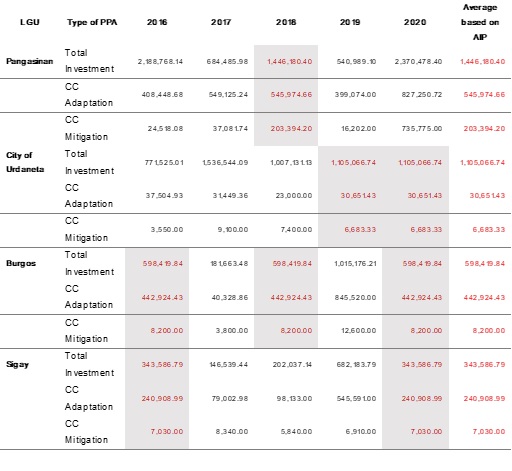
List of sample LGUs and assumptions on investments (in PhP '000)
Findings and Results
During the five-year investment programming period, local governments identified a total of PhP 2.2 Trillion for development programs and activities. More than one-fifth (21%) of the total investments were related to climate adaptation while 3% were related to climate mitigation.
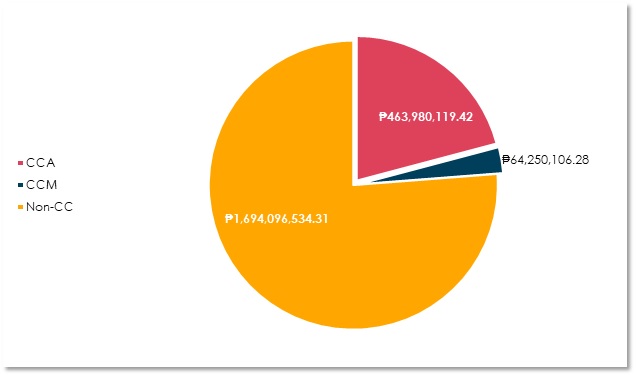
Table 1. Cumulative share of CCA and CCM vs. Non-CC (in PhP '000), 2016-2020
Investment distribution for climate adaptation flowed to Sustainable Energy (PhP 117 Billion), Water Sufficiency (PhP 60 Billion), and Human Security (PhP 28 Billion).
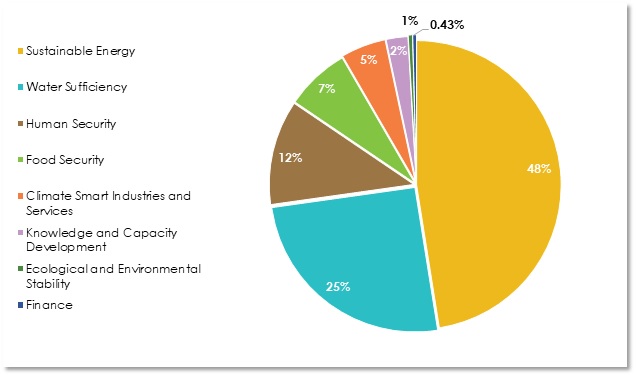
Table 2. Share of CCA Investments by NCCAP Strategic Priority (in PhP ‘000), 2016-2020
Climate mitigation investments were directed to Ecological and Environmental Stability (PhP 7 Billion) and Sustainable Energy (PhP 5 Billion).
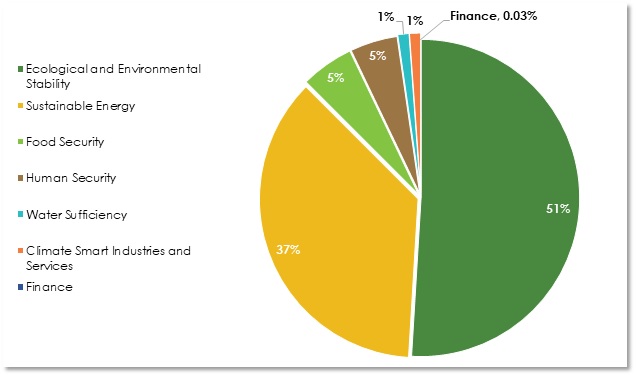
Table 3. Share of CCM Investments by NCCAP Strategic Priority (in PhP ‘000), 2016-2020
The strategic priority Food Security concerns the sectors of agriculture and livestock, and fisheries. While the majority of the investments address climate adaptation for the agri-livestock sector, there were roughly the same amount of investments for fisheries in terms of climate change mitigation as climate change adaptation.
Flood protection constitutes almost the entirety of Water Sufficiency investments. Mostly related to climate change adaptation, the strategic priority also saw investments for water supply (PhP 3 Billion) and water sanitation (PhP 803 Million).
Ecological and Environmental Stability secures resilience outcomes for forest and biodiversity (green ecosystem) and solid waste (brown ecosystem). Climate change investments towards forest and biodiversity almost weigh equally for climate change adaptation and mitigation, PhP 1 Billion and PhP 1.4 Billion respectively. The sub-priority best demonstrates the capture of CC mitigation benefits as a function of CC adaptation. While solid waste management mostly captures CC mitigation results, significant investments in the sector for CC adaptation were also observed.
The strategic priority Human Security best exhibits the local governments’ continuous effort and commitment to incorporate CC-DRR considerations in human settlements planning – both spatially and in the delivery of social services. PhP 4.8 Billion were invested to address CC impacts to human health. In terms of designing and making sense of spaces through governance and action delivery, more than PhP 23 Billion were invested.
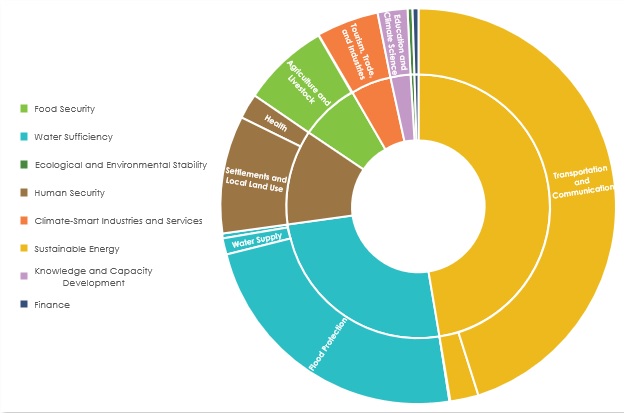
Table 4. Share of CCA Investments by NCCAP Sub-Priorities (in PhP ‘000), 2016-2020
Local governments made the effort to move towards greening industries and services by investing in tourism and trade. Almost PhP 12 Billion were investment to the said industry that were related to CC adaptation. Meanwhile, PhP 156 Million were invested to reducing/avoiding GHG emissions.
The strategic priority Sustainable Energy covers measures addressing infrastructure on energy and transport that capture efficiency and savings outcomes. Sub-sector transport and communication accounted for most of the CC adaptation investments (PhP 107 Billion). This was followed by investments towards power generation which had PhP 5.5 Billion directed to CC adaptation and PhP 1.8 Billion to CC mitigation. Energy efficiency investments was the bulk of CC mitigation investments under Sustainable Energy (PhP 3.1 Billion).
Lastly, Knowledge and Capacity Development works for the enhancement of capacity of actors, decision-makers, and stakeholders to act on climate change through knowledge and information dissemination. PhP 5.8 Billion was invested for the sub-priority education and climate science.
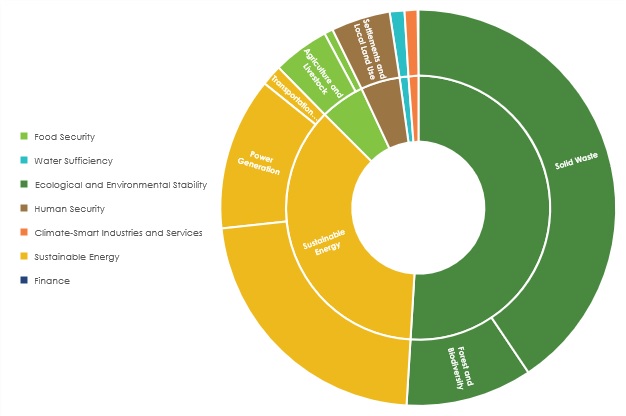
Table 5. Share of CCM Investments by NCCAP Sub-Priorities (in PhP ‘000), 2016-2020
Climate investments were Service Delivery-oriented (88%) which were reinforced through Policy Development and Governance (7%). Fund sourcing for climate adaptation and mitigation were mostly sourced from the National Government though local government co-financing provided backstop to other climate investments.
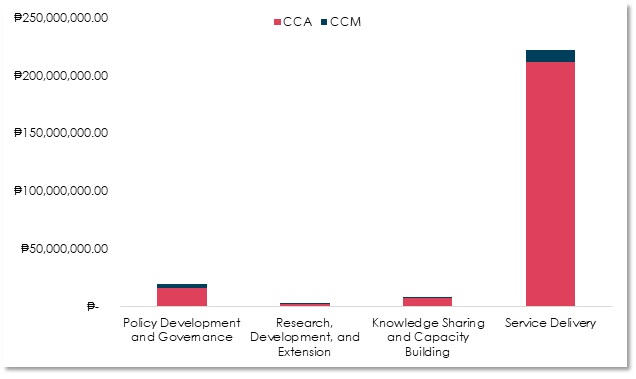
Table 6. Share of CCA and CCM Investments by Instrument of Delivery (in PhP '000), 2016-2020
Climate adaptation was largely funded from the national government (34%) or from co-sharing arrangements (LGU-National Government, 15%). Almost 30% of the funding came from other LGU funds, sources or are unidentified. Less than 20% of CC adaptation investments were from the General Fund (7%), 20% Development Fund (5%), and Local DRRM Fund (5%). Funding involving three parties account for only 3% (LGU-National Government-Other External Fund Source).
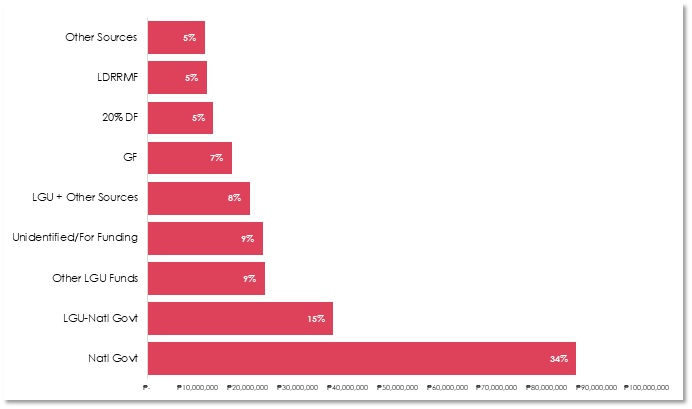
Table 7. Fund Source of Climate Change Adaptation Investments, 2016-2020
More than half (56%) of the investments for CC mitigation were sourced from the national government. Other than financing CC investments from other internal sources (3%), co-financing with the national government (4%), other sources (5%), or for funding/unidentified (6%), the General Fund came in second as the main source for CC mitigation investments (18%). Shared financing (LGU-National Government-Other External) constituted only 1% of the total. While the LDRRM Fund primarily addresses disaster risk reduction strategies and measures, it was also utilized for capturing CC mitigation outcomes (1%).
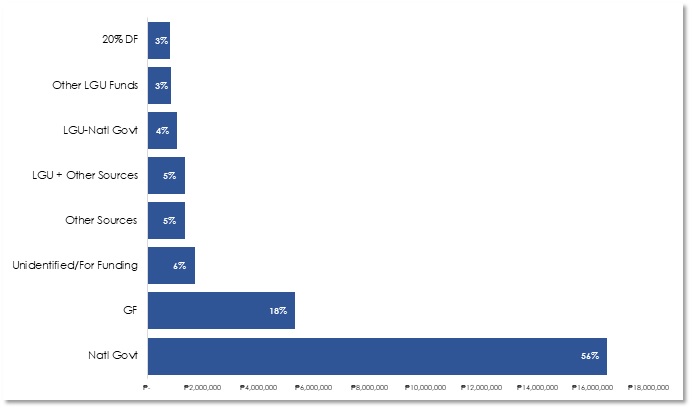
Table 8. Fund Source of Climate Change Adaptation Investments, 2016-2020
Adaptation programs and projects were mostly tagged with typologies dealing with upgrading and constructing transport infrastructure, improvement of infrastructure resilience to flooding, design standards for flood control and drainage systems, and water systems related to agriculture.
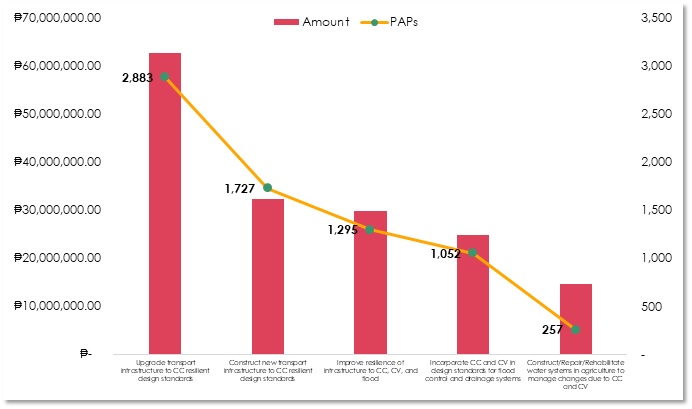
Table 9. Top 5 CCA Investments by Amount and Count of Tagged PPAs (in PhP '000), 2016-2020
On the other hand, climate mitigation programs and projects were mostly tagged with typologies relating to solid waste management program, development of renewable energy, or were just indicated as mitigation related but not specific to any sector.
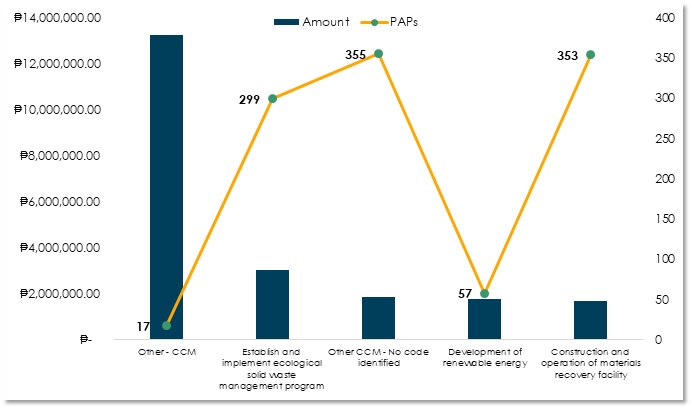
Table 10. Top 5 CCM Investments by Amount and Count of Tagged PPAs (in PhP '000), 2016-2020
Local governments addressed multiple climate-induced hazards and demonstrated alignment to the Top Ten Climate-Induced Risks issued by the CCC National Panel of Technical Experts.
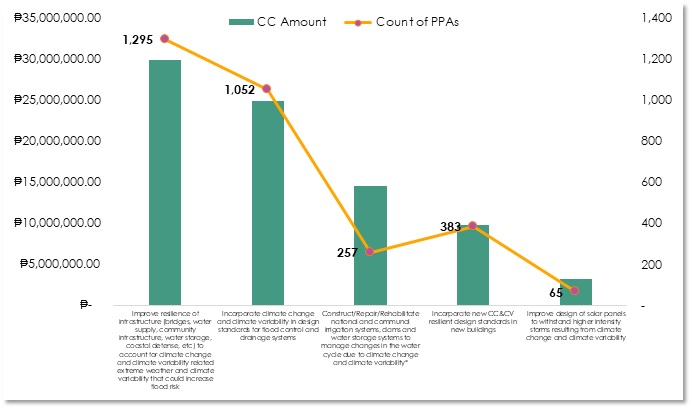
Table 11. Top 5 CC Investments by Amount and Count of Tagged PPAs (in PhP '000) relevant to the Top 10 Climate Risks, 2016-2020
Information and Knowledge
More information can be found on the Local Climate Investment Brief 2016-2020 to be published soon.
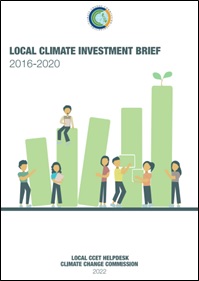
Contact Information
For submissions and inquiries, contact us at:
LGU CCET Help Desk
Email: [email protected] | [email protected]
Phone: (02) 8254-7056
